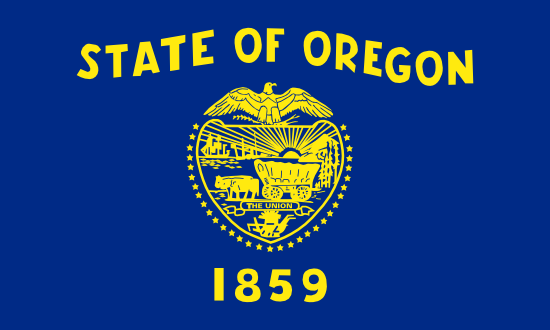Oregon is a state in the Pacific region of the United States, known for the Pacific Coast, Cascade Mountains, and dense forests. It has a population of 4,291,090, making it the 27th most populated state in the country. The capital city is Salem. Oregon has a diverse economy with strong tech and timber sectors.
